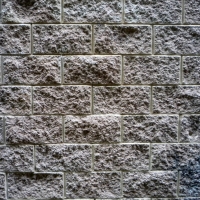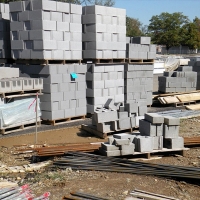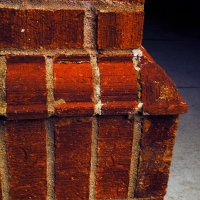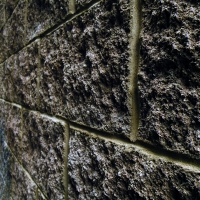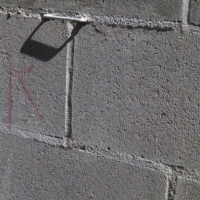Architectural Concrete Unit Masonry
Fri, Jul 31, 2009Architectural concrete unit masonry is used as an architectural finish for interior and exterior walls, partitions, terrace walls, and other enclosures. Decorative CMU with textures, patterns, or other special finishes may be chosen for aesthetic attributes. Some units are available with the same treatment or pattern on both faces, to serve as both exterior and interior finish wall material.
